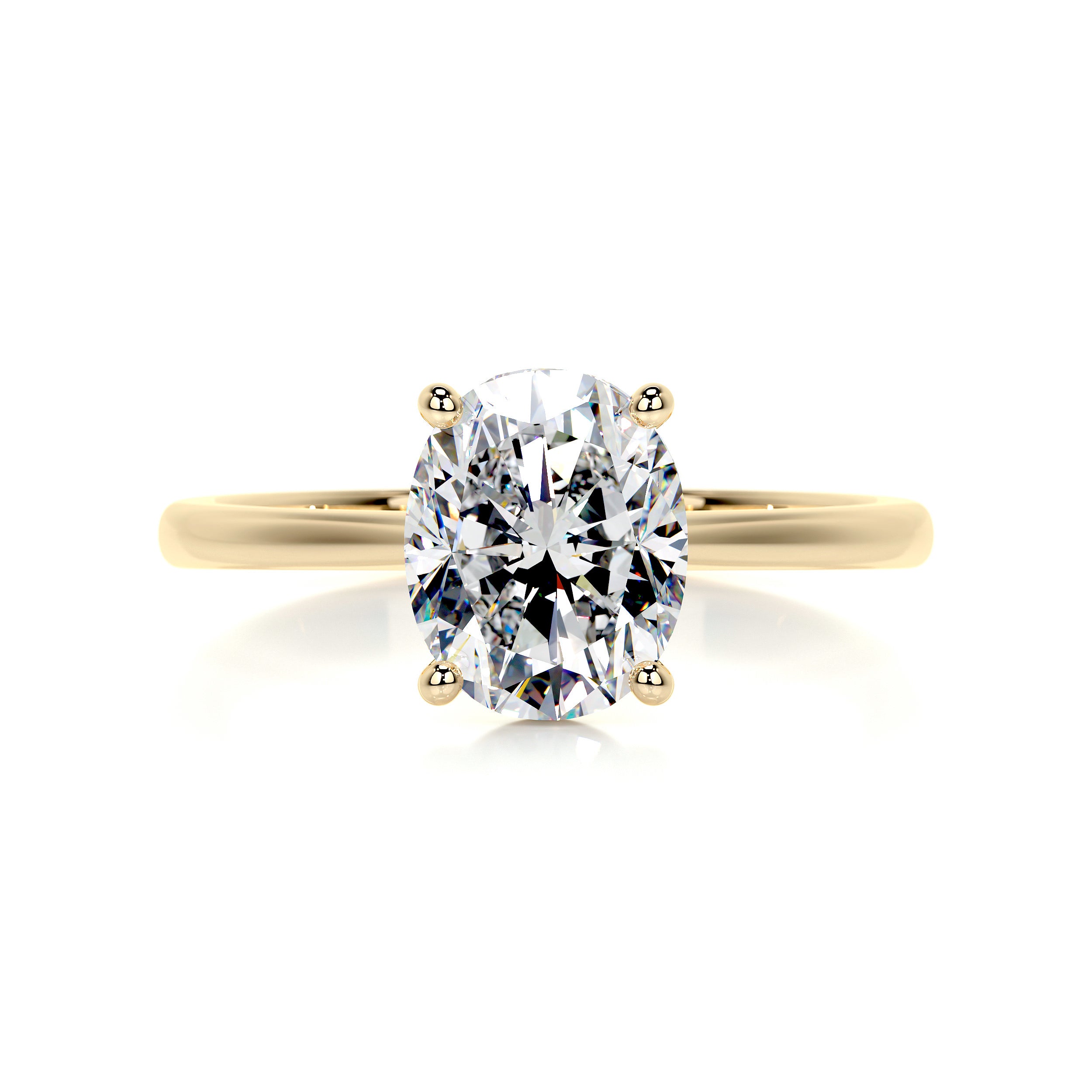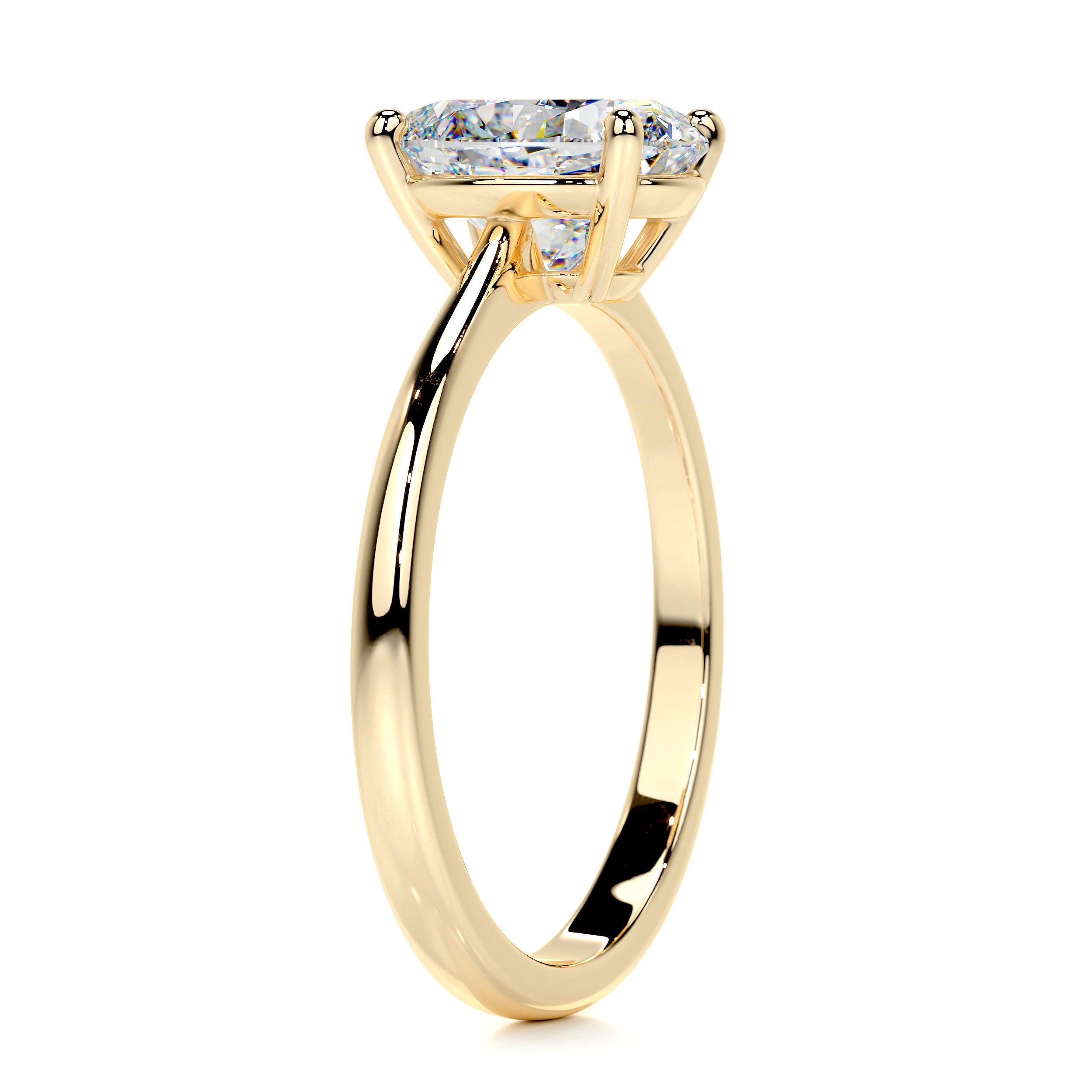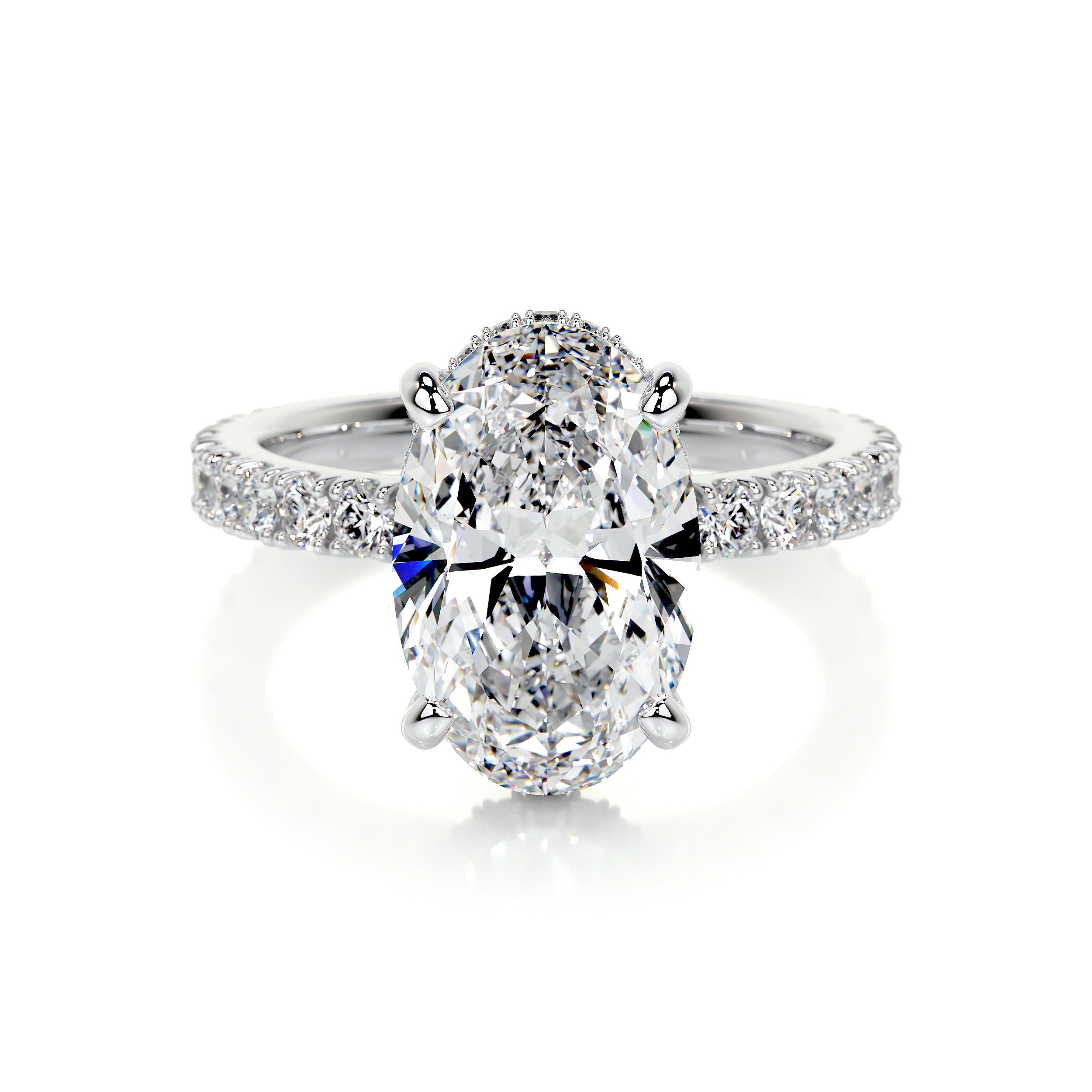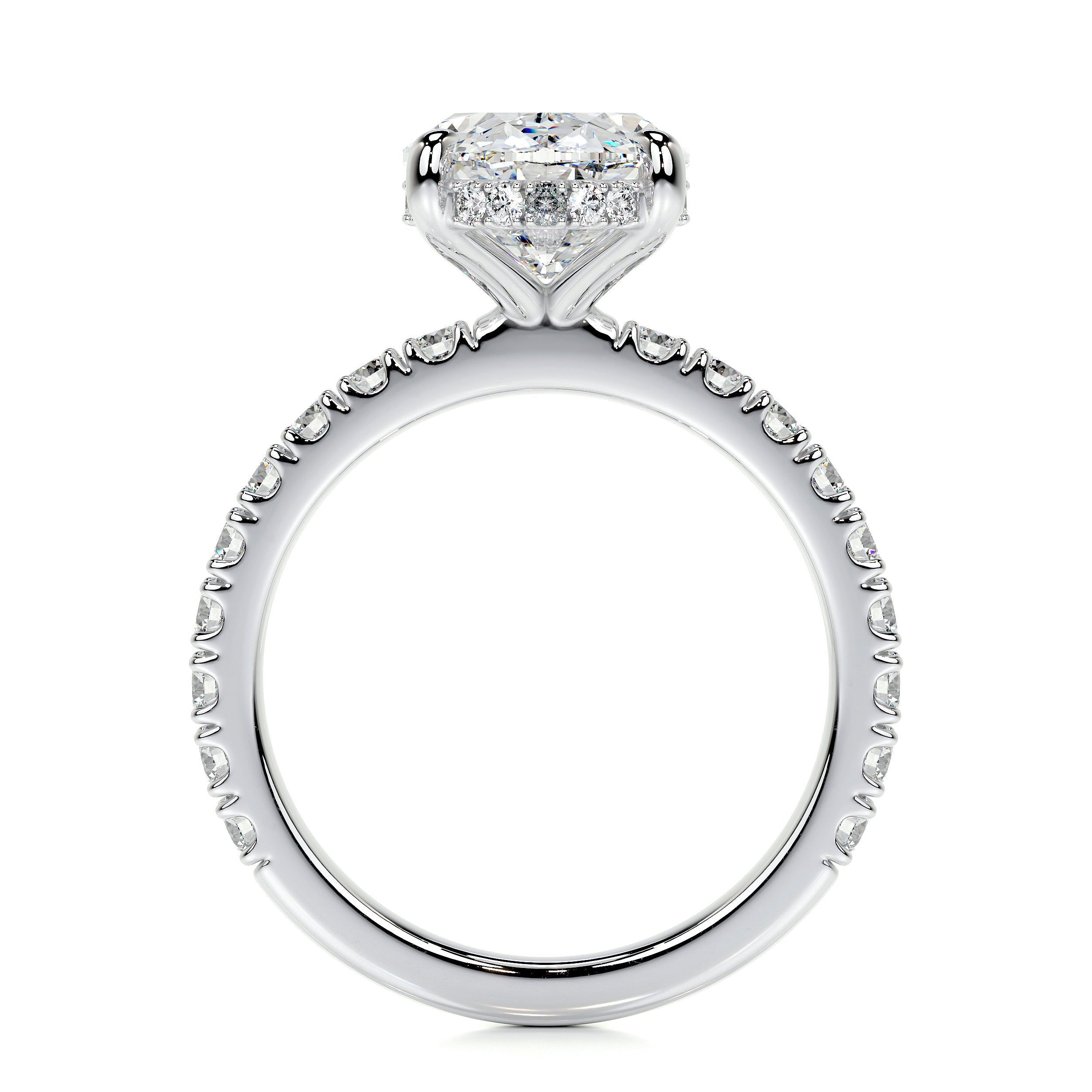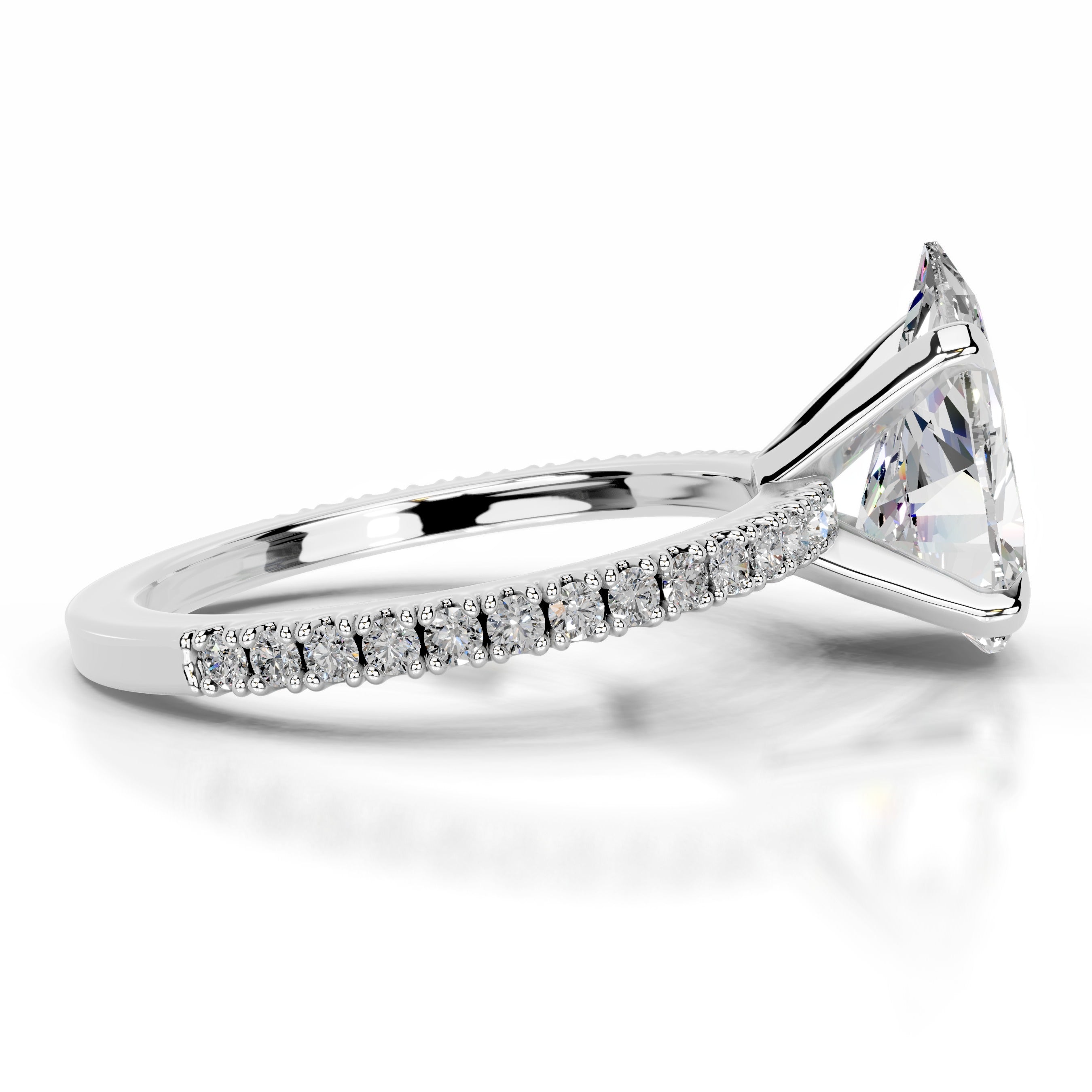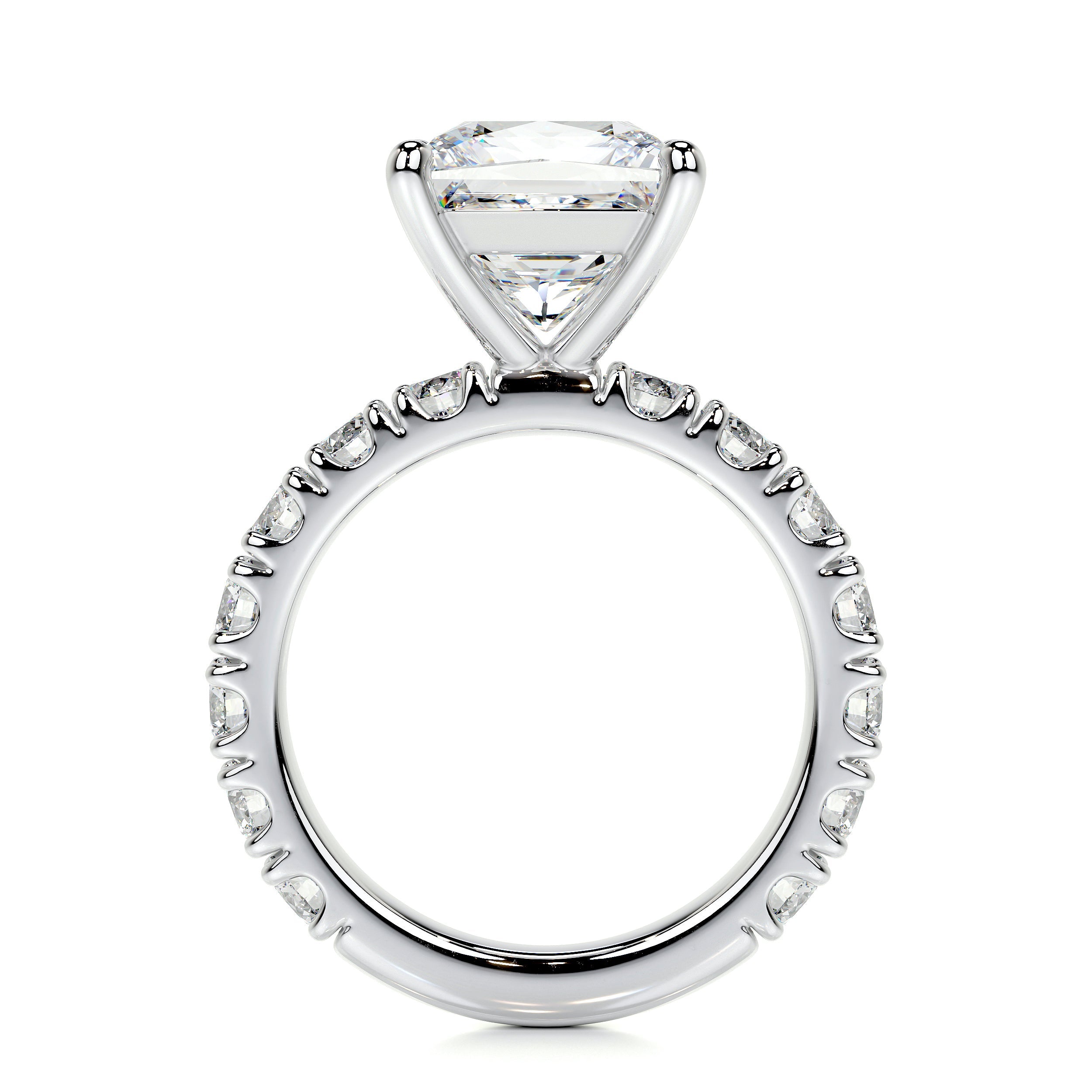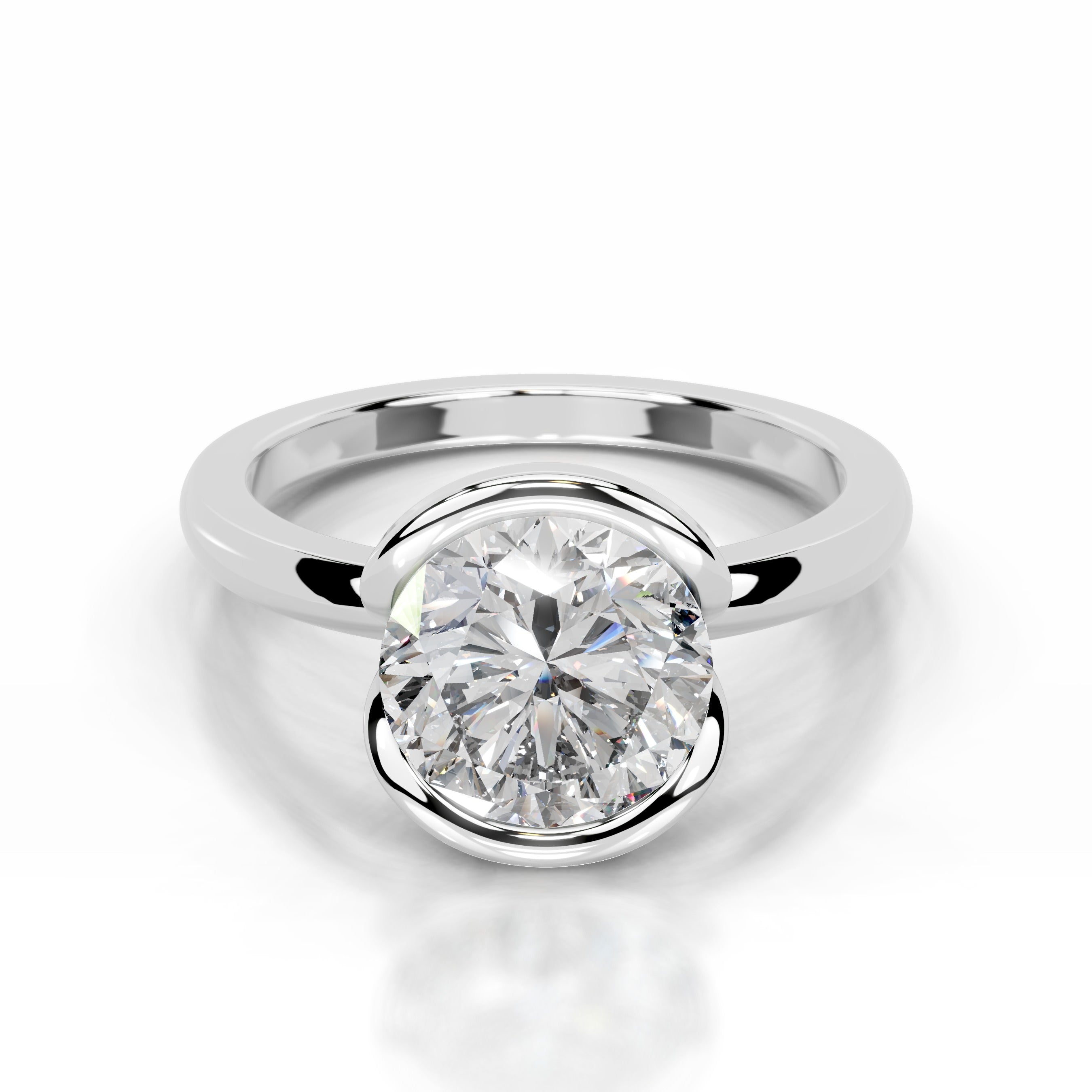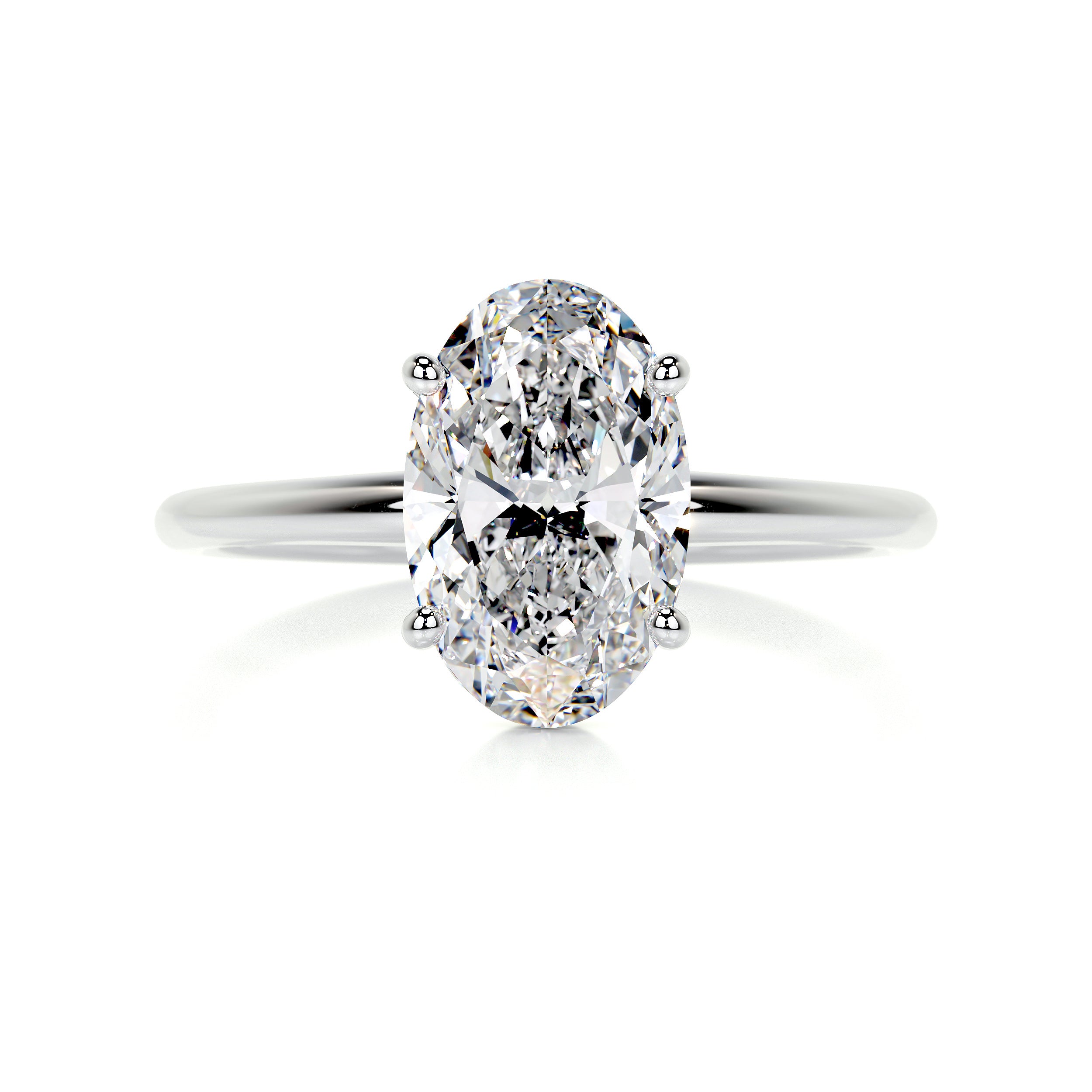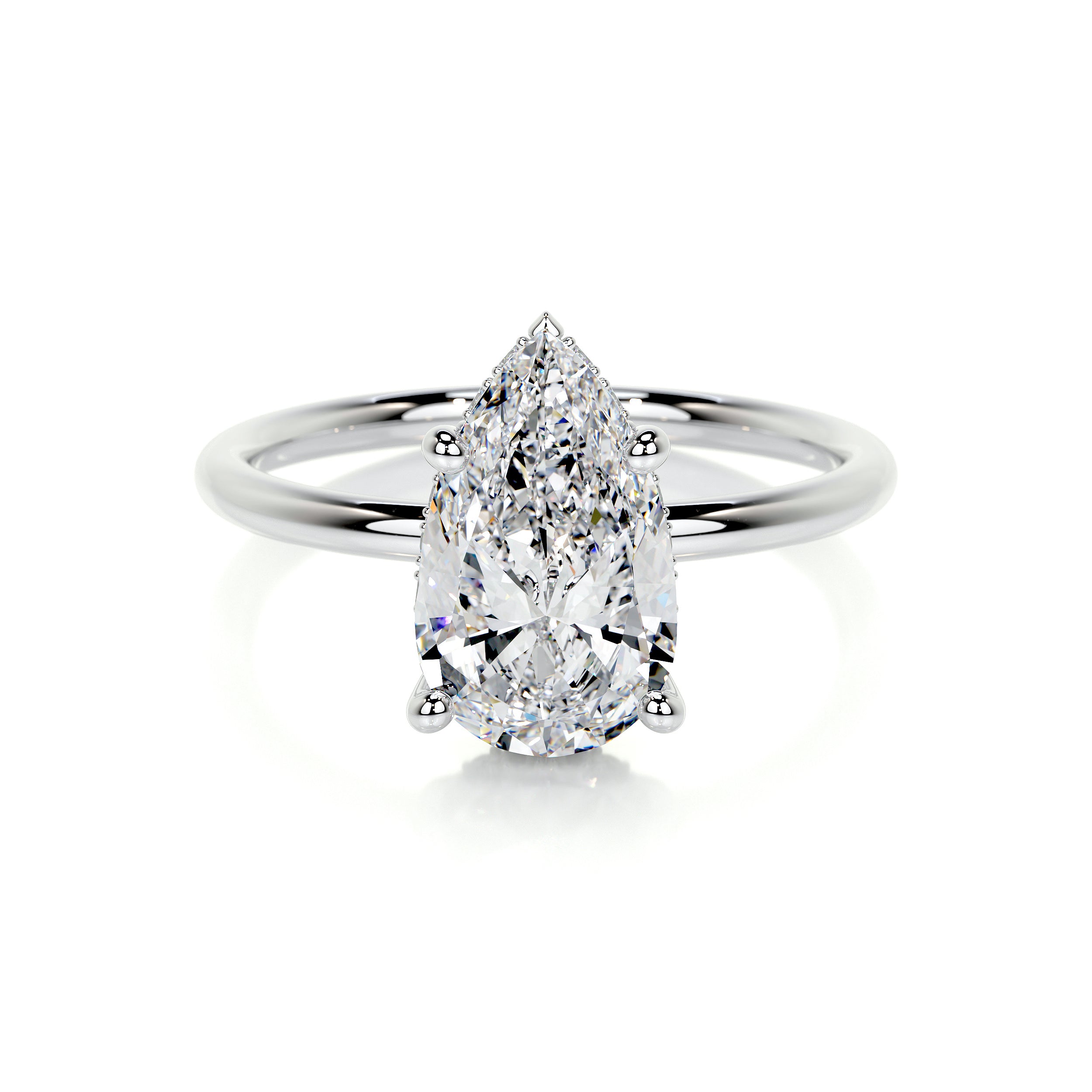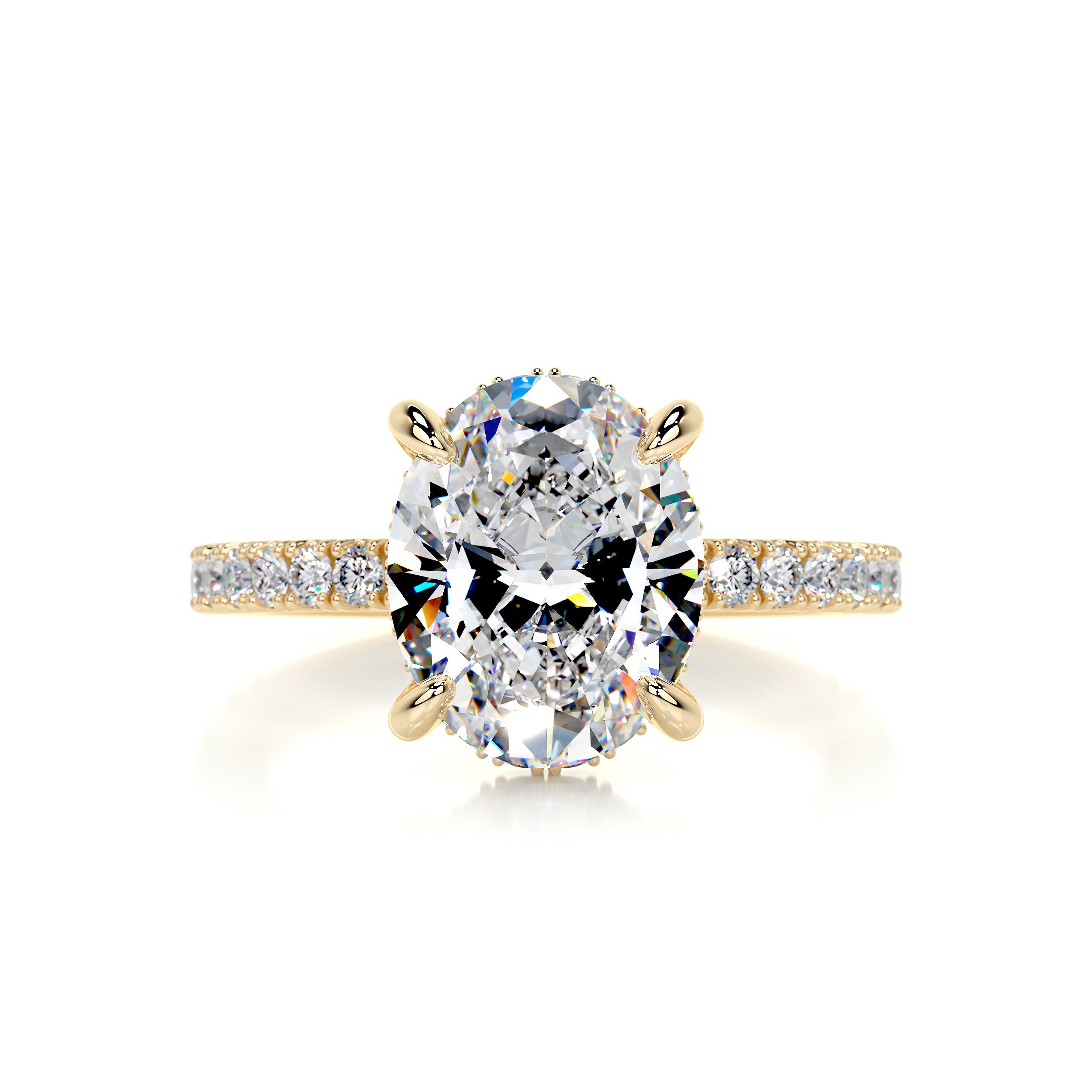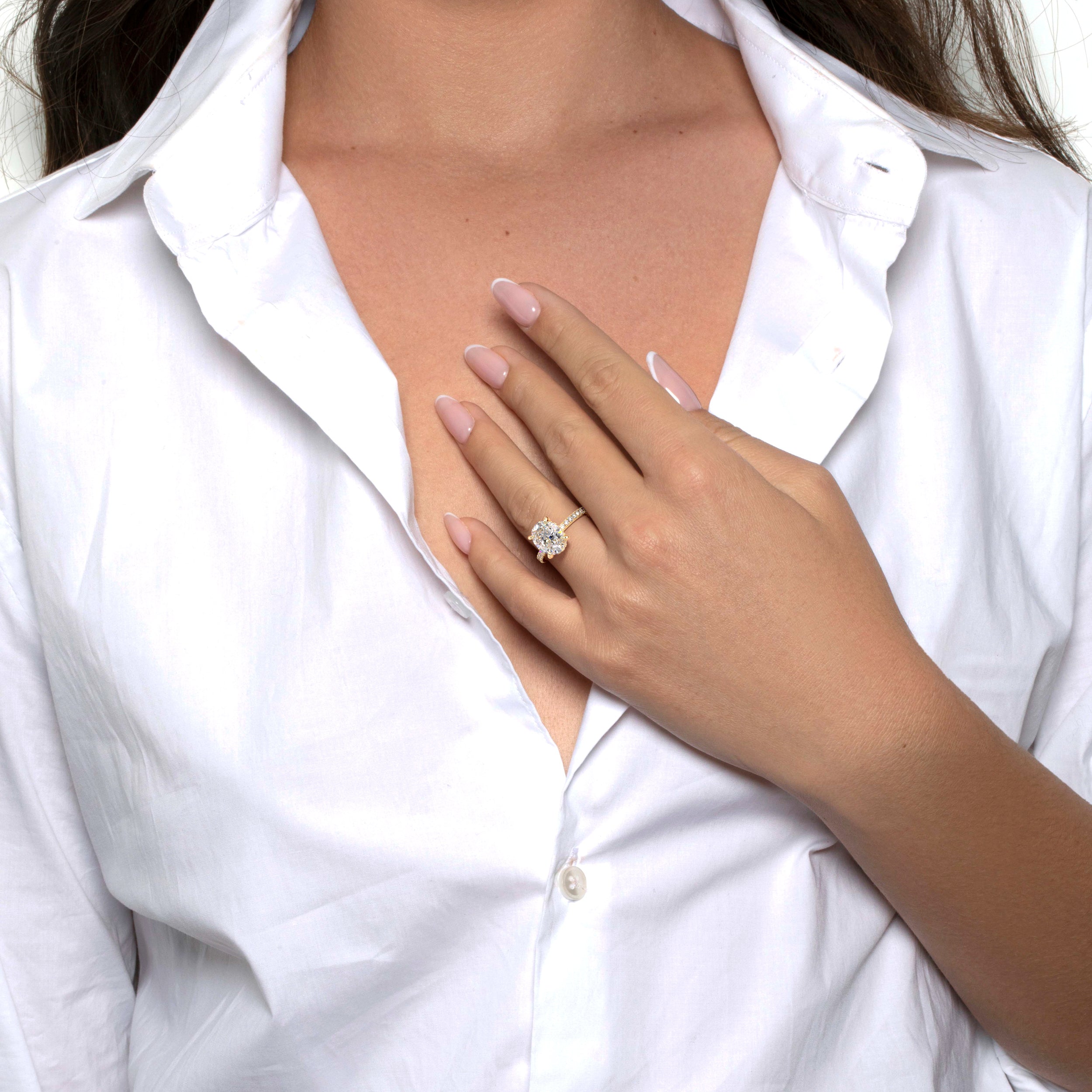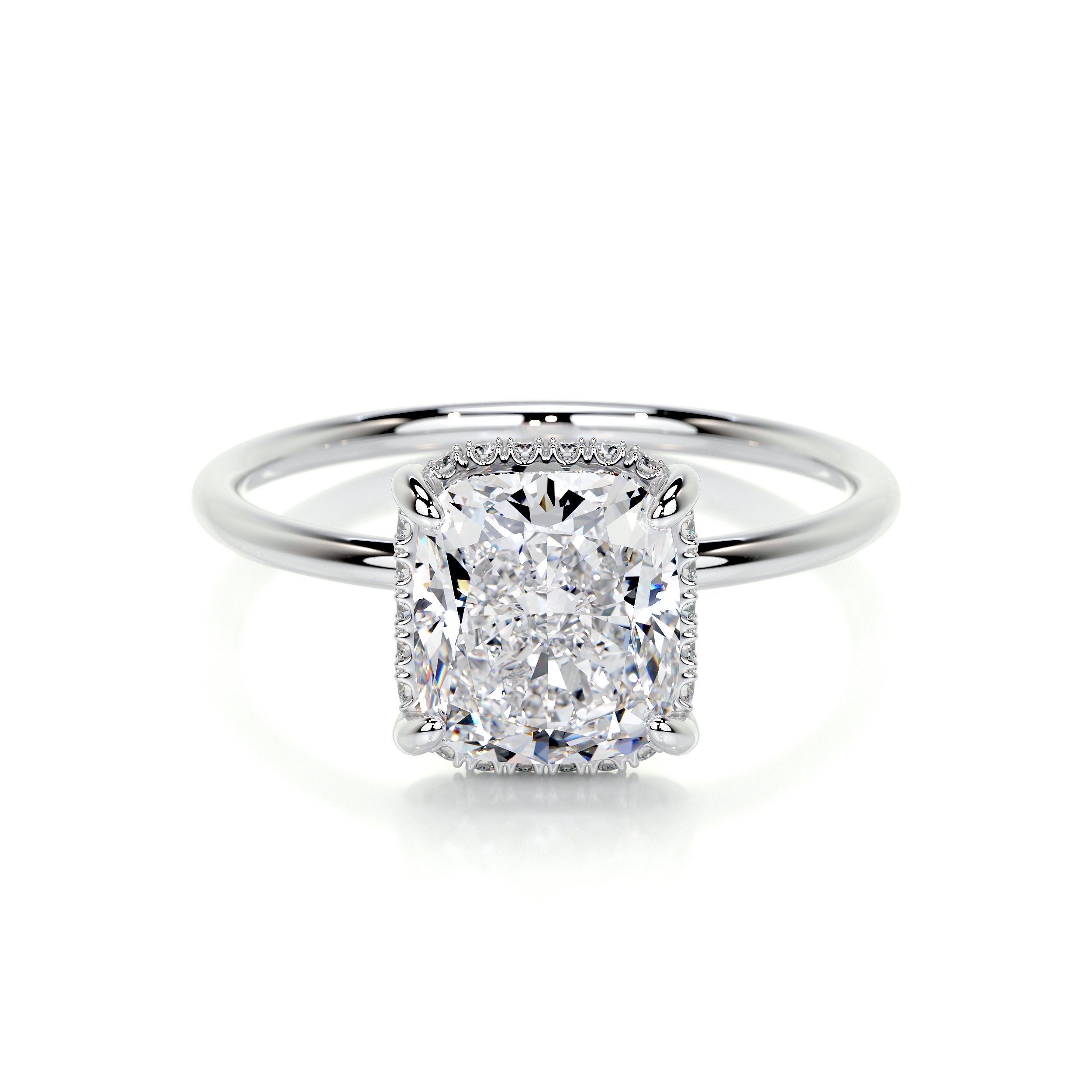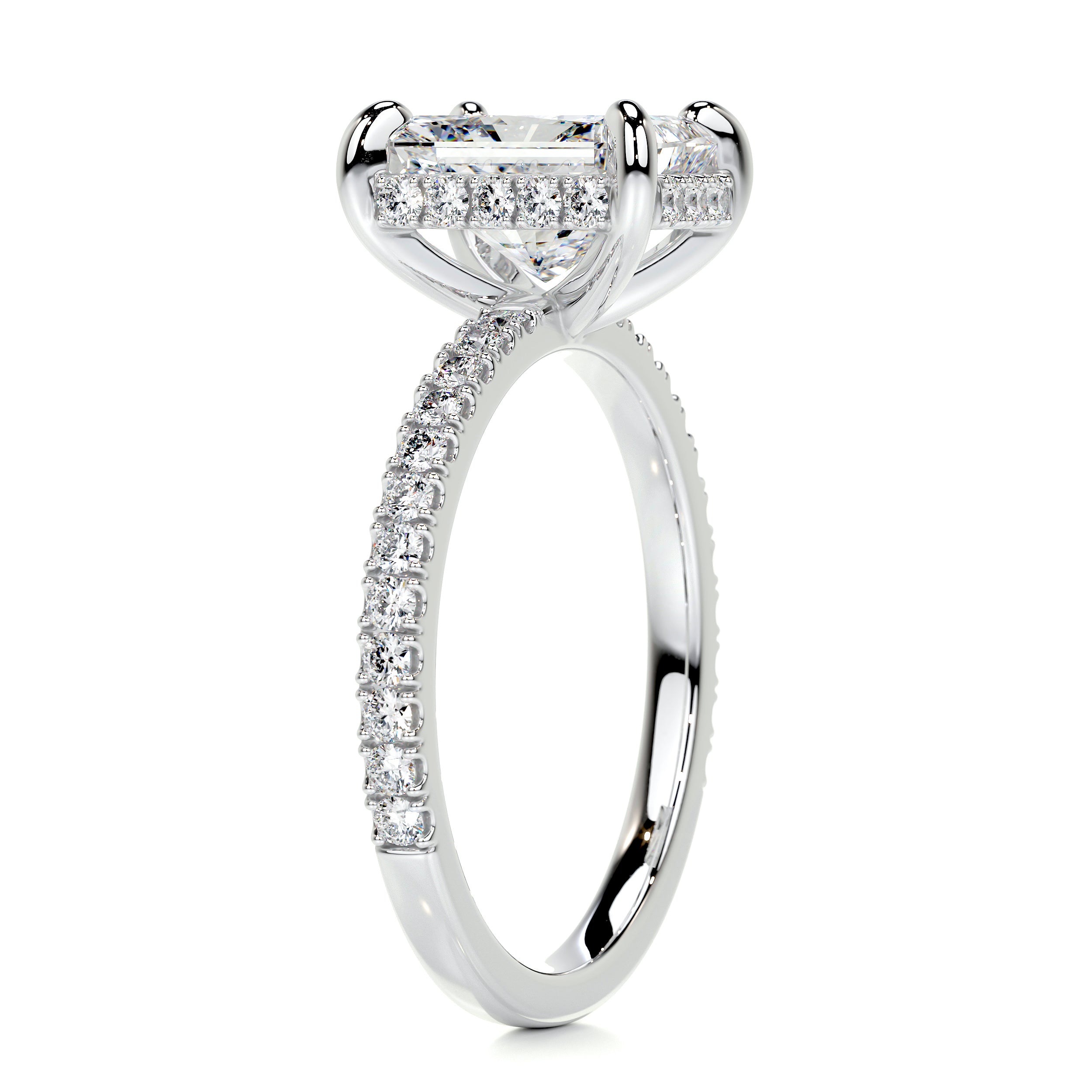If you know about and especially like French baguettes—those tasty elongated loaves of classic French bread that true Parisians buy every morning—then you can envision this diamond shape. In its most original form, the French baguette first came into being in the 18th century and was refined to the form we know today in the 1920s. Long and slender, the French baguette is synonymous with traditional French life.
Century’s Old Charmers
The diamonds called baguettes are likewise elongated and slender in shape. Some early incarnations of this lovely diamond shape appeared as far back as the mid-16th century. By the early 20th century, Cartier began re-introducing this chic cutting style once again. And fortunately, it was right on time. The Art Deco era, which began in the mid-1920s was characterized by artwork, architecture, and jewelry with clean lines and geometric shapes. At that time, the word baguette was ascribed to this beautiful slender diamond shape which rapidly grew in popularity.
What Defines a Baguette Diamond?
The baguette is a long slender (pencil-like) shape, usually with proportions of 5:1, but they could be longer depending on their intended use. They are either rectangular or tapered on one end which fits nicely into certain designs. Those tapered baguettes for instance are commonly seen as the graceful side accents on the shoulders of the shank on engagement rings; their slender end is farthest away from the side of the center stone. Colored gemstone jewelry also frequently utilizes the lovely baguette stone to make a ring or ear pendant design shimmer beautifully with well-placed diamonds of this cut.
Today designers love to include baguette diamonds in their jewelry pieces. This is because of the versatility of the stone. They can be lined up end to end or side to side and provide a glistening display of light in a piece. But baguette rings are also popular in both men’s and women’s sets in a variety of ways to accent the main stone.

The Many Uses of Baguette Diamonds
In a perennially called-for baguette ring style—named the ballerina setting for its tutu-like appearance surrounding the central stone by forming a skirt that resembles one of the ballerinas. Most often the tutu-like effect is best exemplified with tapered baguettes on the outer edge away from the center stone. That way the skirt appears to flow away from the girdle of the central diamond.
Owing to the shape of the baguette diamond, you most often see baguettes set in a channel setting type of mounting, however, they can be prong-set if the design calls for it.
What it is - What it isn’t
The baguette cut is not the most sparkly of diamond cuts. But that is not why fans are drawn to it. This simple step-cut diamond, similar to the way emerald-cut diamonds are shaped, relies on the step-cut faceting pattern. What they do offer is a sophisticated diamond look that’s ideal for the most upscale jewelry you can acquire. An interesting modern rendition of the baguette diamond cut is the ‘novelty cut’ which relies on mixed cut styles to present a more sparkly version of the classic baguette.
Are you a vintage diamond jewelry fan? Boy, are you in luck! Plenty of gorgeous authentic Art Deco jewelry features glistening baguette diamonds. But modern versions of vintage designs of course use these stunners to make the item look legit!
If you’re just learning to love baguettes or are already a lover of baguette diamonds there are things you’ll find handy when shopping for these charming diamonds.

Check out these helpful tips for choosing your stunning baguette diamond:
Baguettes closer to the top of the color grade of D--Z is what you should aim for.
Examine your item to see if all the baguettes in your piece are close in both color and clarity. Also, they should closely match (to the naked eye) your center diamond.
When baguettes are lined up in a piece with noticeably different clarity and color from each other and the center diamond, you are left with an unattractive piece and a bit unappealing in its overall appearance.
Step cuts in a baguette diamond mean that its crown facets are arranged in a terrace-like system parallel to its table edge. Even slight aberrations in its symmetry are often apparent to the unaided eye and reduce the stone’s beauty. Check to see that every facet is parallel and symmetrical on the stone.
Look for baguette stones free from inclusions – they are more noticeable in a baguette diamond than other more complex cuts like round brilliants for example.
You’ll find that usually straight baguettes and tapered baguettes are to be purchased as a set. That’s because of their most frequent usage, like side stones on a ring for instance.
Like other diamonds available in the market today, baguettes can be enhanced to improve their appearance. These treatments include (HPHT) which is high pressure, the high temp did to improve on the stone’s color or a technique of fracture-filling which removes some inclusions and also helps with clarity. You may notice today baguettes are also available in lab-grown which shows the continued popularity of this diamond shape.
No matter what drew you to baguette diamonds, you’ll soon discover that their air of sophistication creates an understated elegance wherever they are found in jewelry. Since the Art Deco days, their popularity has never waned. Their versatility in jewelry makes them the go-to diamond shape to help designers create an unforgettable piece of jewelry. You might find one that’s unforgettable for you too! Happy shopping!


